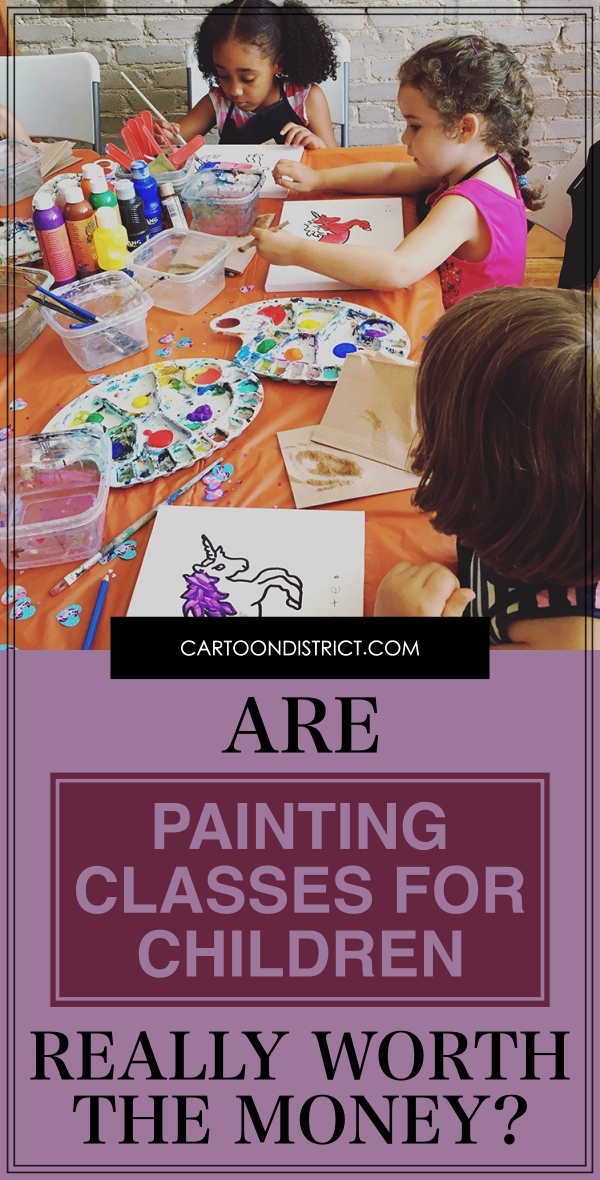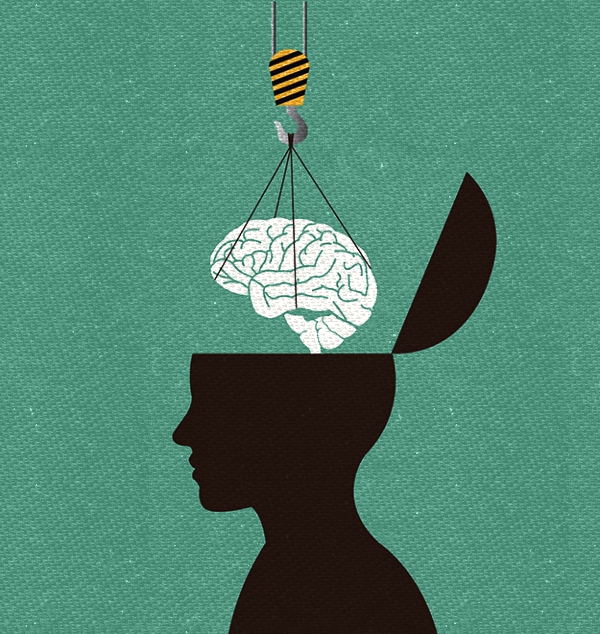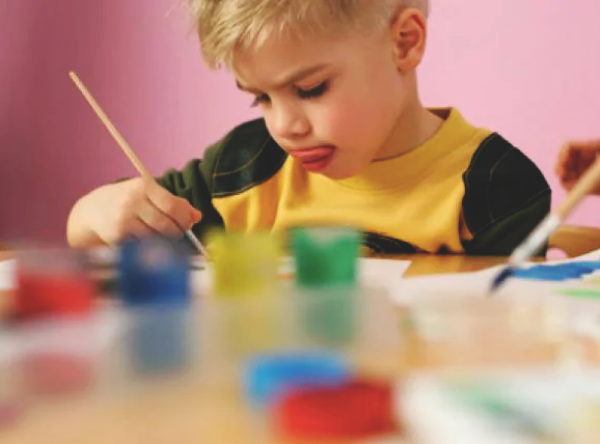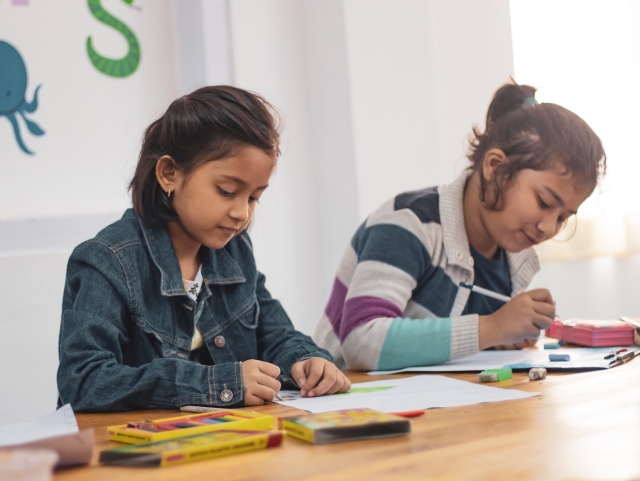Are Painting Classes for Children Really Worth the Money?
Are you the parent of a blossoming young artist who is begging to begin formal training? You worry about the cost of art lessons for children and wonder… Are these painting classes for children worth the money? We believe that the answer to that question is a resounding “yes,” and here is why.
We reached out to Amanda Lee Jones, an artist who offers painting lessons for children in Austin, TX, to get her opinion. What she shared with us was eye-opening but not unexpected.
According to Jones, the arts are essential when it comes to the psychological, mental, and emotional development of our children. It positively impacts their creative thinking skills, concentration, and teaches them to process scary emotions securely. This foundation, in turn, builds their confidence throughout life.

From those first squiggly crayons marks on construction paper to drawing stick figures on chalkboards, children get to learn to interact positively with their surroundings and also to develop a sense of freedom and independence. Additionally, children who explore the world through artwork have superior problem-solving skills.
The parents of these kids often embrace art expressing their thoughts or verbalizing emotions. They open up the necessary lines of communication between parent and child through art.
Below are some of the benefits of art classes for children:
Advantages of Painting Classes for Children
Enhances their creativity
Creativity is the capability of using one’s imagination to craft something unique. That is why, in the art studio, there is no rights or wrongs.

Adults and other children surrounding your child condition the outcome of how your child thinks about specific things. But when they find an alternate way of achieving that same end goal, we call that creativity. This sense of creativity is what art fosters in your children. Indeed, every child’s opinion matters in the safety of an art studio.
Equips children with better problem-solving skills
Art sparks critical thinking in children so that they’re able to tackle any hurdle that life throws in their way without wavering. They also accept and appreciate the various points of view put across by other people while finding a solution to a complex issue.

As they observe their surroundings, they’re also able to describe, analyze, and interpret them to gain a move comprehensive understanding.
Art infuses the spirit of teamwork in children

Children learn to appreciate the contributions of all team members in ensuring the success of a given task. By studying art, they realize that it’s not all about them, but that things work out when they take different approaches from outside themselves.
Enhances concentration
Children achieve an optimum concentration level when all the five human senses are engaged in that particular matter—and this is what art accomplishes precisely. It puts all the five senses (the senses of hearing, seeing, smelling, tasting, and touching) to the task, therefore enabling your child to pay careful attention to details.

This trait is one that your child will carry all of his or her life to become very productive in the chosen career path.
Improves their self-esteem
Art is a useful way to build up your child’s self-confidence. As stated previously, there is no wrong or right in the world of art. This fact makes every child take pride in every methodology implemented, as long as it has solved the previously existing problem.

Art’s also the most effective method of enhancing your teenager’s self-esteem, especially when they clam up and fail to express themselves clearly.
The Bottom Line on Painting Lessons and Children
Children most often begin to show interest in art at a very young age, even before they can read or write, which is the very reason why you find them scribbling away on reams of paper while struggling to even hold their crayon properly
But they do eventually learn to draw and write accurately—which is a clear indication of their dedication to achieving goals. So why not spark your child’s interest?
Master painter Pablo Picasso once famously stated, “Every child is an artist. The problem is how to remain an artist once he grows up.”
Therefore, the art learning center you choose for your child plays a critical part in fostering a lifelong love of learning and art. Choose an art studio that enables your child to explore their world through creativity because this allows them to implement new problem-solving skills.
Also, ensure that they love what they do since engagement is a critical key to learning.






